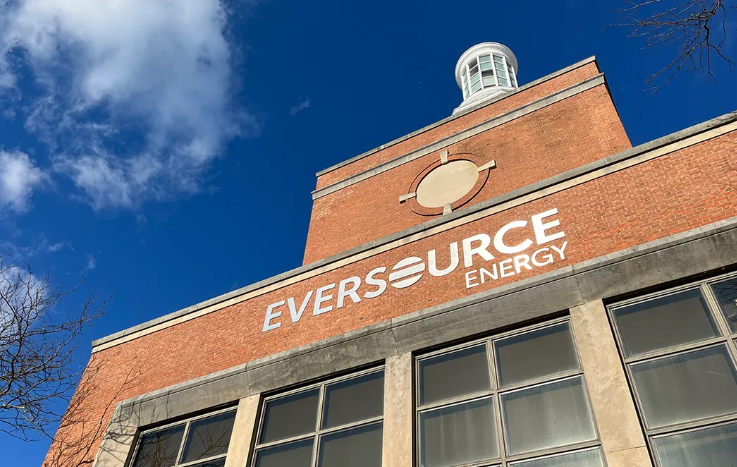As 2024 approaches, Eversource customers are bracing themselves for a potential increase in their utility bills. Eversource has recently announced its intention to raise rates come winter, citing various factors that have prompted this decision. This move has generated significant public interest and concern, as it will undoubtedly impact consumers and local businesses alike.
Factors Driving the Rate Increase
Eversource has attributed its decision to raise rates to a combination of internal and external factors that have collectively put pressure on its operational costs and revenue generation. These factors include:
- Rising Energy Costs: The cost of generating and procuring energy has been on the rise due to various global and domestic factors, including fluctuating fuel prices and changes in energy market dynamics. Eversource’s increased energy costs are a major contributor to the proposed rate hike.
- Renewable Energy Initiatives: Eversource has been actively transitioning to cleaner and more sustainable energy sources as part of its commitment to environmental stewardship. However, the initial costs associated with investing in renewable energy infrastructure, such as solar and wind installations, can be substantial and contribute to the need for a rate increase.
- Labor and Workforce Costs: Eversource employs a significant workforce to manage its operations, maintain infrastructure, and provide customer support. Labor costs, including wages, benefits, and training, have increased over time, impacting the company’s overall budget.
Implications for Customers and the Community
The proposed rate increase has sparked concerns among customers and community stakeholders, who are understandably worried about the impact on their finances and local economies. Some potential implications include:
- Higher Utility Bills: The most direct impact of the rate increase will be felt by customers through higher utility bills. For households already struggling to manage their expenses, this additional financial burden could create hardships.
- Economic Ripples: As both households and businesses face increased costs, there is a possibility of reduced consumer spending in other sectors. This ripple effect could have broader implications for the local economy.
Combat Market Volatility by Going Solar
Solar energy systems empower consumers to take charge of their energy production, reducing reliance on traditional utility grids and, consequently, diminishing vulnerability to rate hikes. As the solar industry advances, installation costs have gradually decreased, making solar panels an increasingly accessible and financially sound investment. What’s more, government incentives, tax credits, and net metering policies can significantly enhance the economic feasibility of going solar.
In the face of Eversource’s rate increase, embracing solar power emerges as a proactive and positive step toward achieving energy independence, curbing costs, and contributing to a cleaner environment.




